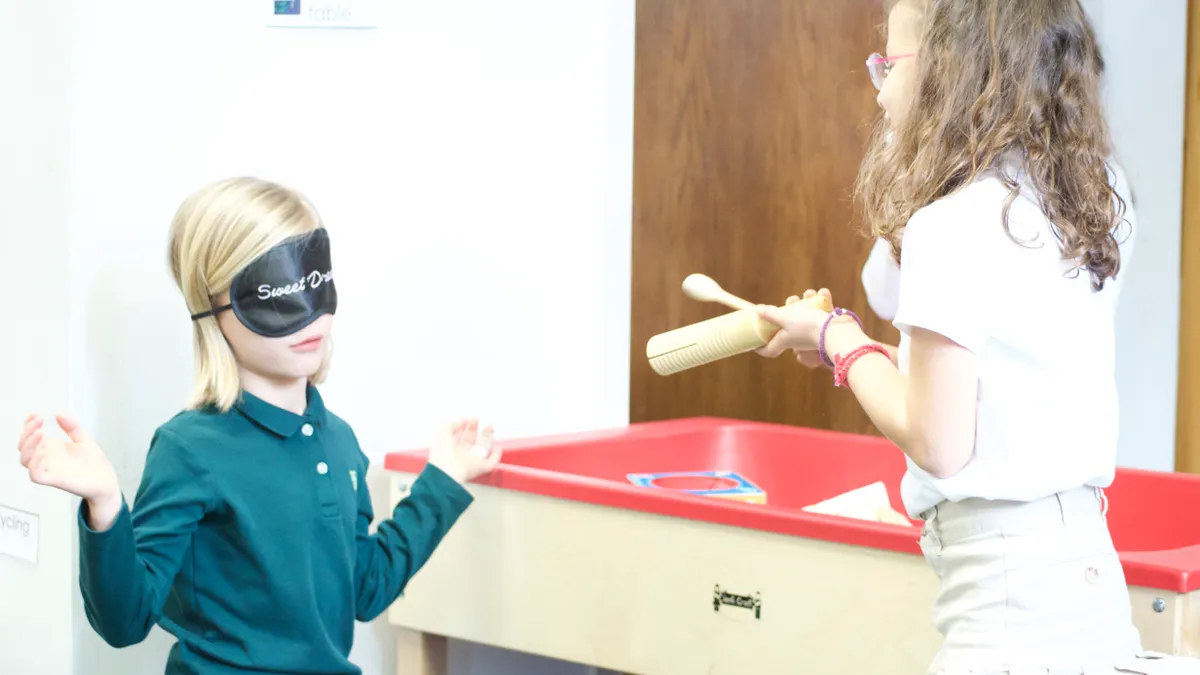Dive Brief:
- At the Nurturing Engineering, Science, and Technology (NEST) lab at Hutchens Elementary School in Mobile, Ala., students are engaged in STEM lessons at the same time their teachers are getting on-the-job STEM instruction. Julie Neidhardt, instructor and founder of the NEST lab, started the program in the 2016-2017 school year and models the instruction for teachers who can then bring the lessons into their own classrooms.
- When No Child Left Behind became law in 2002, science instruction dropped rapidly, according to a story in Education Week. But 19 states and the District of Columbia have adopted the Next Generation Science Standards (NGSS), which encourage students to act like scientists, with more hands-on learning time in class.
- Children who get excited about science earlier and see the subject just as a fun way to explore the world around them, will be more likely to push themselves in school.
Dive Insight:
Children love to experiment, it’s what they’re coded to do from birth. They put things in their mouths, look, touch, grasp, crawl. Tapping into that curiosity is just a matter of putting lessons in front of them that they feel they need to learn — and that push should start early.
Curriculum administrators need to ensure that children in early grades, even as young as kindergarten, have access to engaging and challenging science, technology, engineering and mathematics (STEM) lessons so they can build abilities and competencies that can see them through high school, and hopefully beyond. That means creating curriculum that’s exciting and relevant, and yet also includes basic skills.
Teacher training, of course, is at the core of any successful curriculum endeavor, particularly STEM. Educators must have the needed skills in order to share them with their students. Partnerships with scientists and universities can help support professional learning.
Weaving art projects into STEM lessons certainly injects hands-on time into the curriculum, which is also emphasized in the NGSS. For younger grades this can be a way to mix some crucial skills into what feels like play. As the International Society for Technology Education noted on its website, the end goal should be having students “…excited about what they’re learning…” so they can ride that energy and verve through the rest of their education.












